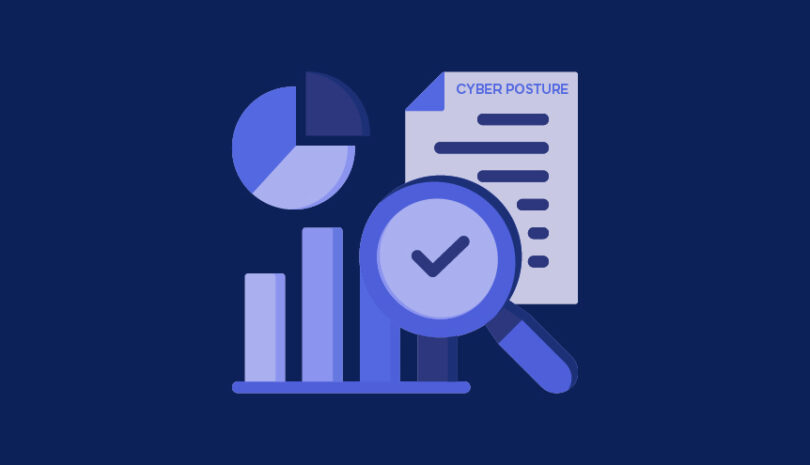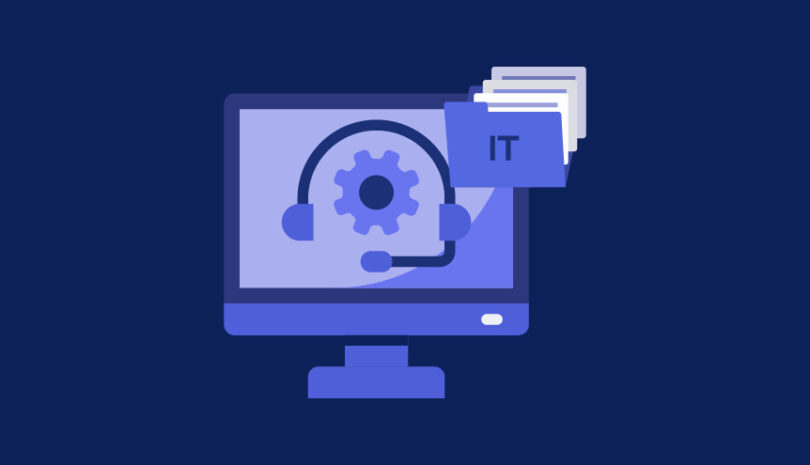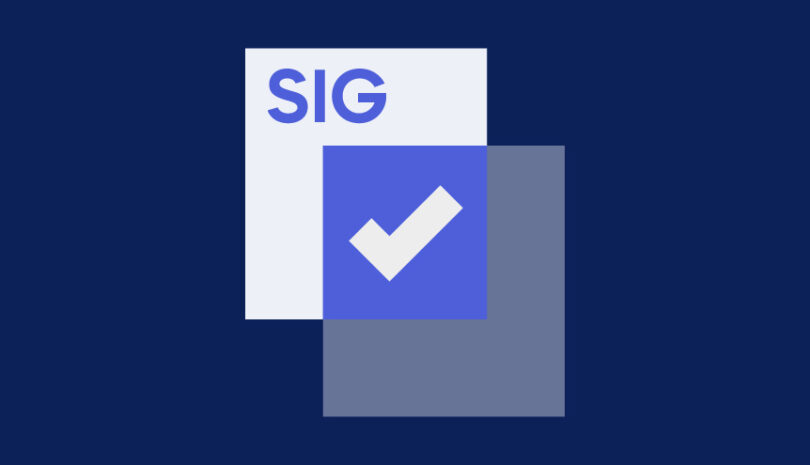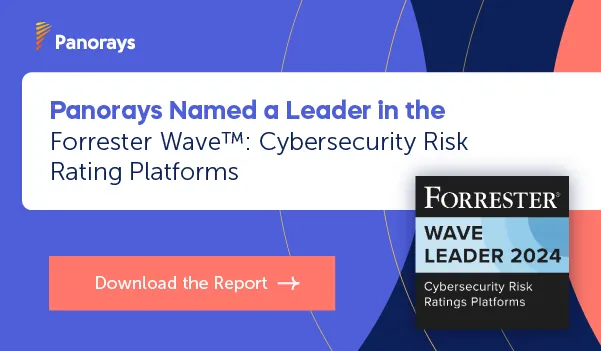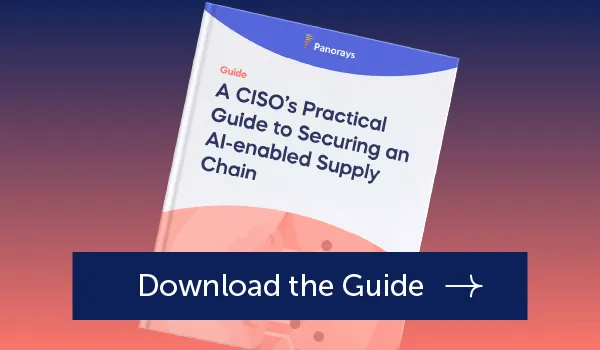In this day and age of cyber risk and data privacy regulations, third-party security risk assessments are a must. Organizations can no longer simply hire vendors without proof of a strong cyber posture. For this reason, it’s necessary for companies to conduct a comprehensive security evaluation of new vendors.
Yet many organizations still assess their third parties using manual questionnaires. Automated risk assessments, by contrast, offer significant benefits. If your business is still using spreadsheets for security risk assessments, here are four good reasons why you should consider switching to automation:
1. Speed
If a need exists within an organization that a third party can address, then it’s clearly in everyone’s best interest to move forward with the hiring process as quickly as possible. Nevertheless, research indicates that it takes an average of nine weeks to complete a manual security assessment. This slow turnaround time means delayed business partnerships and lost productivity.
Instead of weeks, automated security risk assessments are typically completed in several days. This speed not only means that third parties can be hired more quickly; it also ensures that companies can be promptly notified of cyber gaps so that they can quickly work to close them.
2. Scalability
Whether it’s for Internet connectivity, office supplies or electricity, organizations today depend on third parties to function. Many businesses work with hundreds—and sometimes thousands—of third parties. That number, researchers note, continues to rise: A recent study by the Ponemon Institute found that the average number of third parties increased from 378 in 2016 to 588 in 2018.
For this reason, any third-party security assessment and monitoring process must be highly scalable. Manual evaluations cannot realistically accomplish this, but automated security assessments make scalability possible.
3. Tracking
You sent out a security inquiry two days ago. How much of it has been completed? How many days until you can expect it to be done?
Using spreadsheets, you need to check and recheck, and then email, call and then probably follow up some more. But with automation, you can quickly determine which parts of the assessment have been completed, when they were completed and what else remains. Using one platform, you can immediately get full visibility into all of your suppliers’ security assessment progress.
4. Engagement
Once the assessment is complete, another essential stage of the third-party security process begins: How can you make sure that vendors prioritize and address the cyber gaps that have been uncovered? This can rapidly become an overwhelming list of tasks that involves many team members.
Automation has the power to seamlessly and effectively involve all parties. Team members can easily engage and interact with each other on the same platform, no matter where they are located, and no matter what their roles are. Such engagement also removes friction by allowing companies and third parties to easily dispute findings and work together to close cyber gaps.
Conclusion
As companies continue to depend on third parties, the need for efficient and effective vendor risk management is increasing. By using automation, Panorays’ security assessments deliver speed, scalability, tracking and engagement to your third-party security management process.

